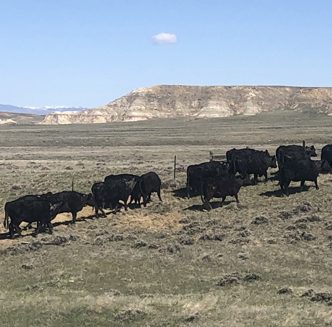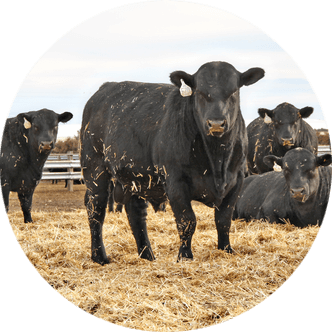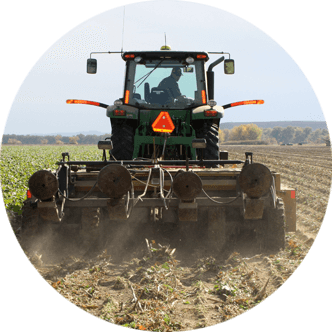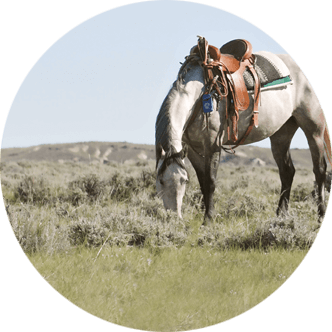Cattle Herd Rebuild: Experts indicate the U.S. cattle herd has started its herd rebuilding efforts
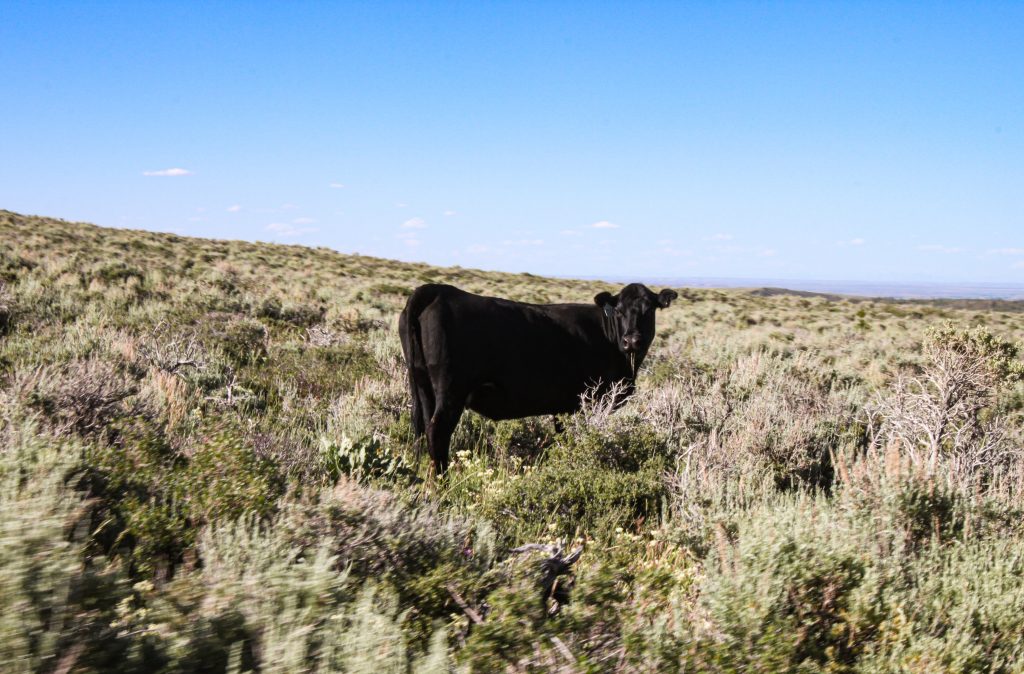
After dwindling to a 74-year low, industry experts indicate the nation’s beef cattle herd may be starting to rebuild.
During the U.S. Meat Export Federation’s (USMEF) Annual Spring Conference, held in Fort Worth, Texas May 21-23, CattleFax Chief Executive Officer Randy Blach provided a “cautiously optimistic” outlook on the cattle industry’s herd rebuilding efforts.
The rebuild
During his keynote speech, Blach notes the rebuild may be attributed to several factors and will likely be slow and steady, taking longer than many originally thought.
First, he points out, cow slaughter has declined significantly, providing greater herd stability, and while producers have been slow to retain heifers, Blach believes there are enough encouraging signs to prove January was the low point of the current cattle cycle.
“Does this rebuild look anything like it did back in 2014-15 – the most rapid expansion in the history of the industry? No, this one isn’t that way. It is much, much slower, just as we expected it would be, and I think we need to plan on it continuing to be a slower expansion as it unfolds,” he says.
Market trends
Additionally, Blach provided a broad outlook of the U.S. protein market, in which he analyzed demand trends for beef, pork and poultry.
Blach notes the beef industry’s focus on increased quality has paid “enormous dividends” – not just in terms of consumption volume but in consumers’ willingness to pay extra for higher-quality cuts.
“When you look at demand across all proteins, chicken is capturing 50 percent of the stomach but 25 percent of the wallet,” he explains. “Beef, on the other hand, is getting 25 percent of the stomach and 50 percent of the wallet. Which would you rather have?”
In a May 28 episode of RFD-TV, Blach states, “When we look back, it looks like January of 2025 will be the low in the beef cow herd. So, as I look at the numbers out here, I think it’s important people recognize our per capita beef supplies are pretty flat. They haven’t changed much.”
“The price increase we’re experiencing in the industry is demand driven. Beef demand is at a 37-year high, and I think when people think about demand, obviously quality has been the key. We’ve seen the quality of the animals being produced has increased substantially,” he adds.
Lance Zimmerman, senior beef cattle industry analyst for Rabobank, reiterates this sentiment on the RFD-TV episode, stating, “And I’m here to tell you, as we look at early 2025, all indications are demand is going to continue to set new near-term record highs, looking like the best demand we’ve seen since 1986 at the moment. A lot of this is due to the fact, even though consumer pricing is going up and even though the consumer’s increasingly stressed, buying beef at retail is still a relatively cheap lifestyle upgrade that the consumer can make.”
During his presentation at the USMEF conference, Blach notes exports continue to be critical to the U.S. livestock and poultry producers bottom line. Collectively, these two sectors export about 17 percent of total production, while the pork industry leads at 30 percent and beef accounts for around 14 percent.
“Right now, we are in a profitable period across the board for cattle, pork and poultry producers,” he concludes. “And this is something we haven’t seen in several years.”
Current cattle numbers
According to the U.S. Department of Agriculture’s latest Cattle on Feed Report, released on May 23, there were 11.6 million head of cattle and calves on feed in feedlots with a capacity of 1,000 head or more as of May 1, which is down slightly from the previous year’s report
In a May 21 market update, Certified Angus Beef Director of Supply Management and Analysis Paul Dykstra notes recent federally-inspected cattle harvest totaled 566,000, an increase of 7,000 head from the week prior but 31,000 head below year-ago levels.
Industry data shows a decrease in the percentage of heifers on feed and a decline in heifer and beef cow slaughter, suggesting breeding females are being retained in the herd.
Hannah Bugas is the managing editor of the Wyoming Livestock Roundup. Send comments on this article to roundup@wylr.net.

